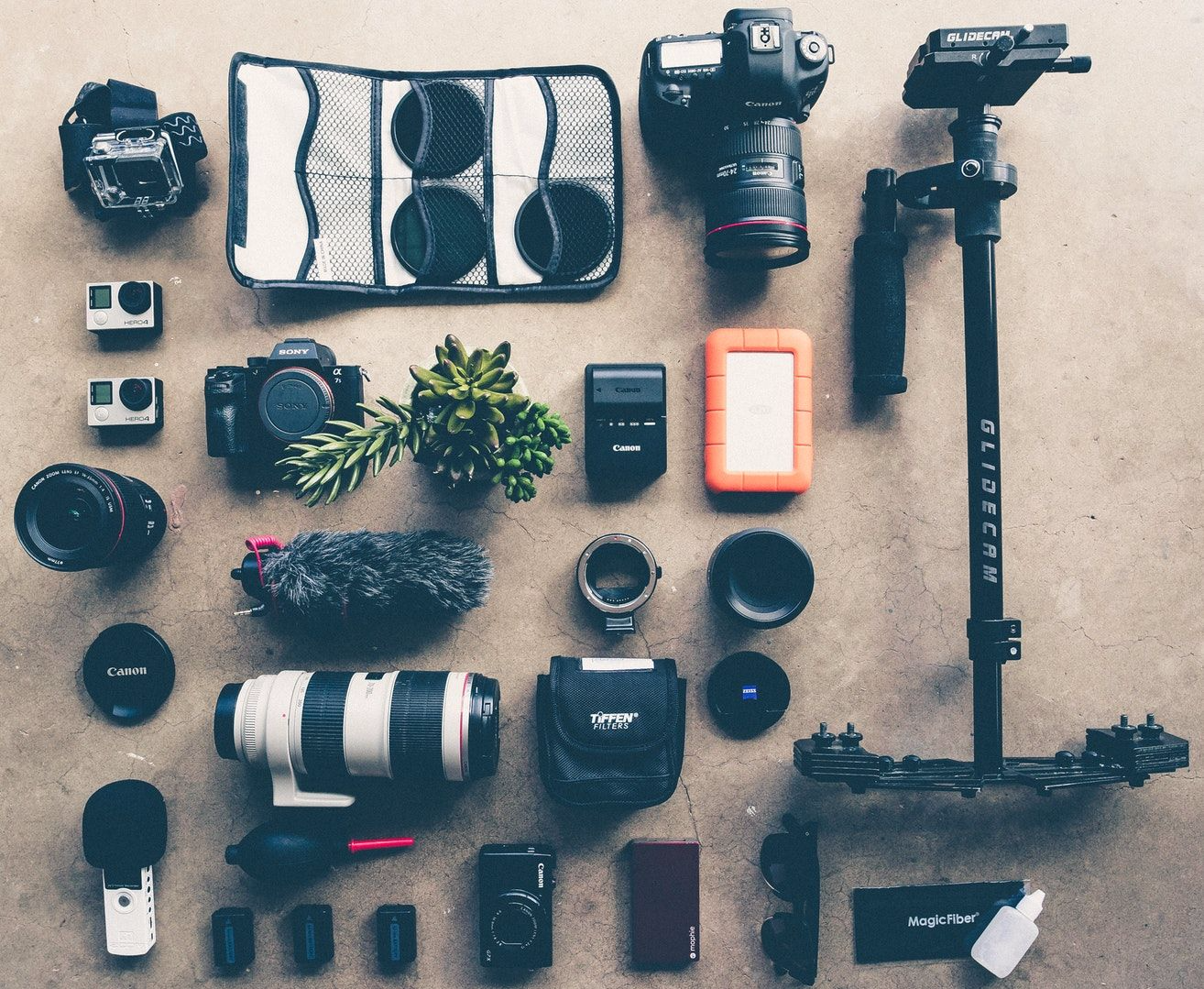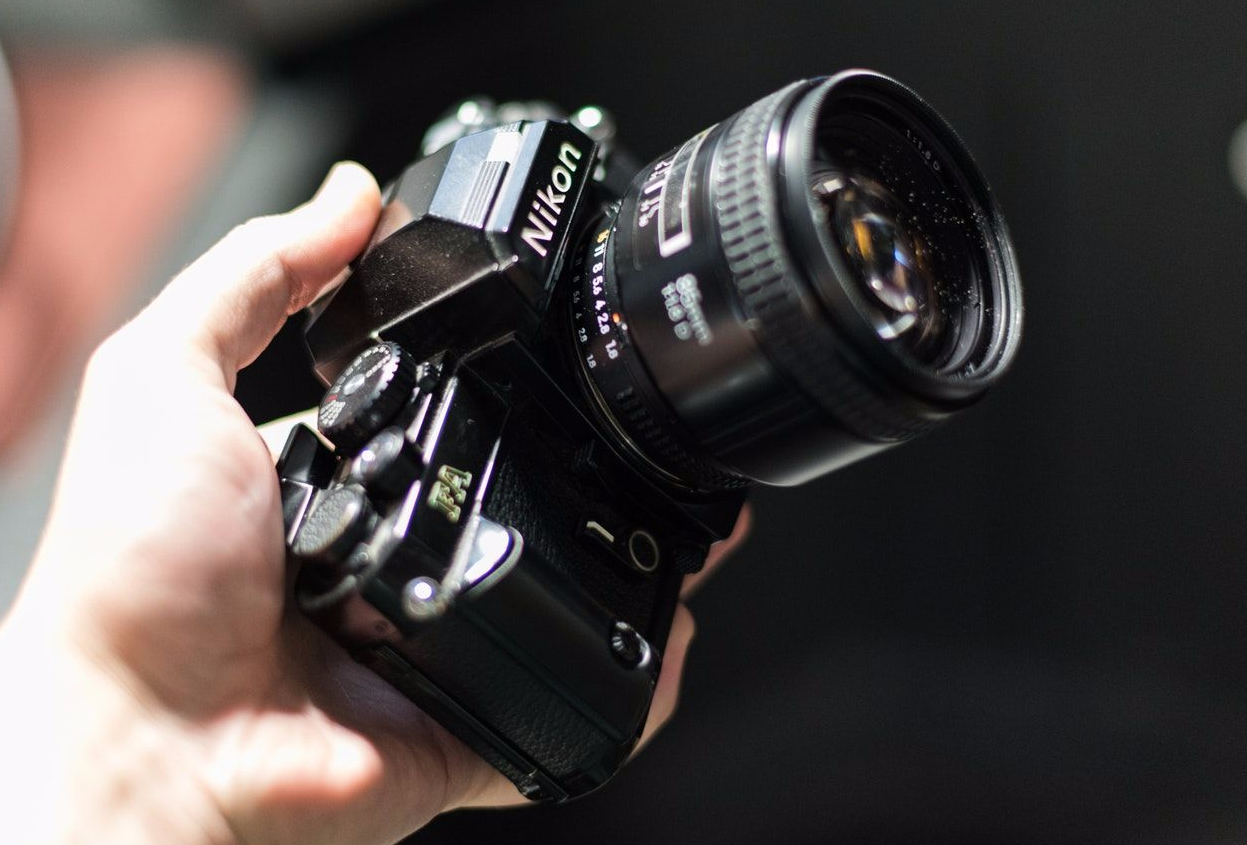Basic to Expert
Ultimately, if you aren't mechanically inclinded, there are some limited things you can safely do... but if you think before you act, most tasks are quite simple, and just plain common sense.

You've spent all this money on gear...
you're convinced you need (or just really wanted)...
now it's time to learn how to care for it, and
what OTHER GEAR you might want (or need).
Like a hammer, screwdrive, pan, pen, or any other tool... they don't do anything without a human setting it, pointing it, making decisions about it, and ultimately pushing the button (manually or automatically).
Like a stove ... or refridgerator... the end results of the photographers work varies based on the skill of the cook (photographer), the selection of the receipe (camera equipment), settings, choices, and timing.
However, caring for sensitive electronic equipment is quite a lot different.


There are some things you can really do to help... like not allowing your camera gear around the water, dust, or other common contaments without the proper protections. If your camera has removable lens, try to change lens in a clean enclosed area (rather than where dust, pollen, and any humidity can get inside the body... after the lens).
Unless you're getting gear that hasn't been released to the general public... virtually every 'common' problem is known and discussed. Though it's sometimes tough to find that information (and the solution, or avoidence, if such exists).
Different parts of the camera gear, require a slightly different set of cleaning gear. In general, a mico-fiber cloth, distilled water, are the key elements to helping keep your gear clean and ready. (Rubbing Alcohol can be used in some areas, if put on the cloth or swab first... for the OUTSIDE of most camera gear. It is NOT recommended for internal parts, sensors, or around any seals).
Prior Planning Prevents Poor Performance. It holds true with virtually every facet of life. Camera gear, especially digitals, are sensitive... and require more preventive care.

NEVER EVER EVER use 'canned air' to clean any part of a dSLR camera, but especially not the insides. First, the 'pressure' behind the canned air, especially if the 'directional tube' is used, could be too powerful for the sensor and seals. Second, it's also possible there is icy liquid that comes out, which can cause damage, leave residue, and otherwise damage components within the camera. It could also 'blow' particles to obscure places that can't easily be removed.
If you ever need to use any 'liquid' to clean any part of your camera, always place a few drops ON the cloth (or swab) first... rather than pouring or spraying it on any part of the camera.
Cleaning the OUTSIDE of a camera shouldn't be difficult, or stressful. Don't spray or douse liquids on the parts, even if thought to be dust or weather 'resistent' (Note: RESISTENT is not PROOF). Unless the gear is specifically designed to be UNDER WATER, use liquids sparingly.
Use a SOFT cloth, such as MICRO FIBER, which is generally lint-less... leaving no residue on the parts wiped off. There are some places, and most circumstances, where the cloth should be DRY. If, however, you have to moist it... to get something off... then distilled (or filtered) water should be the first choice. If that doesn't work, try putting rubbing alcohol on the cloth to remove any sticky stuff. Do so carefully, and don't put any liquids (on or off a cloth or swab) inside of, or on any 'electronics' without prior experience and great care & awareness.
Sometimes a soft bristled tooth brush is handy for the OUTSIDE of gear.
Obviously, the majority of the outside needs common sense, awareness, and care. Whereas, the INSIDE requires some KNOWLEDGE, extreme caution, and sometimes specialized tools. (If in doubt, seek a professionals help... even if it costs you a bit of money, because paying them will be much less than replacing what ever you break).
When cleaning a LCD screen, do NOT use any more pressure than what is absolutely necessary. Too much pressure can damage the screen permanately. Don't get the LCD too wet, or allow moisture to seep into the insides. Not all LCD's are sealed from moisture, so care is advised.
Keep any lens mount sensors, battery connections, and memory cards DRY & CLEAN, and clear of any debrise. Moisture on any of these areas can cause shorts... can great other failures, including irreparable damage to the electronics.
In general, if ever you are attempting to clean the sensor, you need to remove the large particles first and foremost. If you don't, any hard pieces could cause scratches on the surface you're attempting to clean. When cleaning the lens, you need to be very careful on the back element (of glass), and the connectors that attach allow the camera and lens to communicate for auto-focus, and apature settings.
Inside the dSLR body... the mirror mechanism, and sensor are exposed to the elements (dust, pollen, humidity, smoke, and particulates) each time you change the lens. Hopefully you are always extemely carefull, and never leave the camera's insides exposed any longer than absolutely necessary, and never ever store the camera without a either a lens or body cap.
dSLR bodies have a mirror mechanism inside the camera (you see this when you change lens). That sometimes becomes exposed to dust, pollen, and other particals... which are seen on the view finder (but not on the image) when you take a picture. The micro fiber cloth should do the trick, allowing safe removal. There are also some 'internal' cleaning kits, sold in most professional camera stores (as well as in Best Buy, Amazon, and eBay). Most come with more detailed instructions. You do not want to press on the mirror too hard, or scrub it too much. Lite, tender, strokes should do the trick. If not, you might need to seek professional help. This mirror is necessary to the function of a dSLR camera, so care and caution is necessary. They make 'blow' (and sucker) bulbs with a brush on the end to help with dust removal... on the lens ends and potentially inside the camera. There ia a bit of a trick to using the bulbs, so if you aren't sure... check with a camera shop or photographer friend.
Inside the camera, is the sensor. It is located behind the mirror. Any particles on the sensor will appear as 'blurry' or black spots on your images. Many of the modern camera bodies, like Canon make, have a built in 'sensor cleaning systme, which is nothing more than a quick 'ultra sonic vibration of the sensor on stop up, and power shut down of the camera. (The display tells you it's happening, but you can't usually feel or hear it happening). The sensor is ultimately the most important part of the camera, because it's where the images are initially captured (from the lens... before being processed, and stored in memory).
If you aren't 100% absolutely sure how to clean the sensor, I strongly suggest taking the camera to a local pro camera shop... and let them do it. There are kits, and instructions... and it's honestly not difficult, but if it is extremely sensitive, and if it's messed up, the entire camera body is toast - history - goneso! So, caution is really important on this part.
Cleaning isn't really all that difficult on the outside, the lens, or even the mirror. Most camera shops have classes teaching people how to safely clean and care for their own cameras.
If you are a smoker, have a working fireplace, camp fire, scented candles burning... in a dusty, or high pollen area, or otherwise in a high humidity area, you will need to be EXTRA CAREFUL whenever removing your lens, or storing your gear.